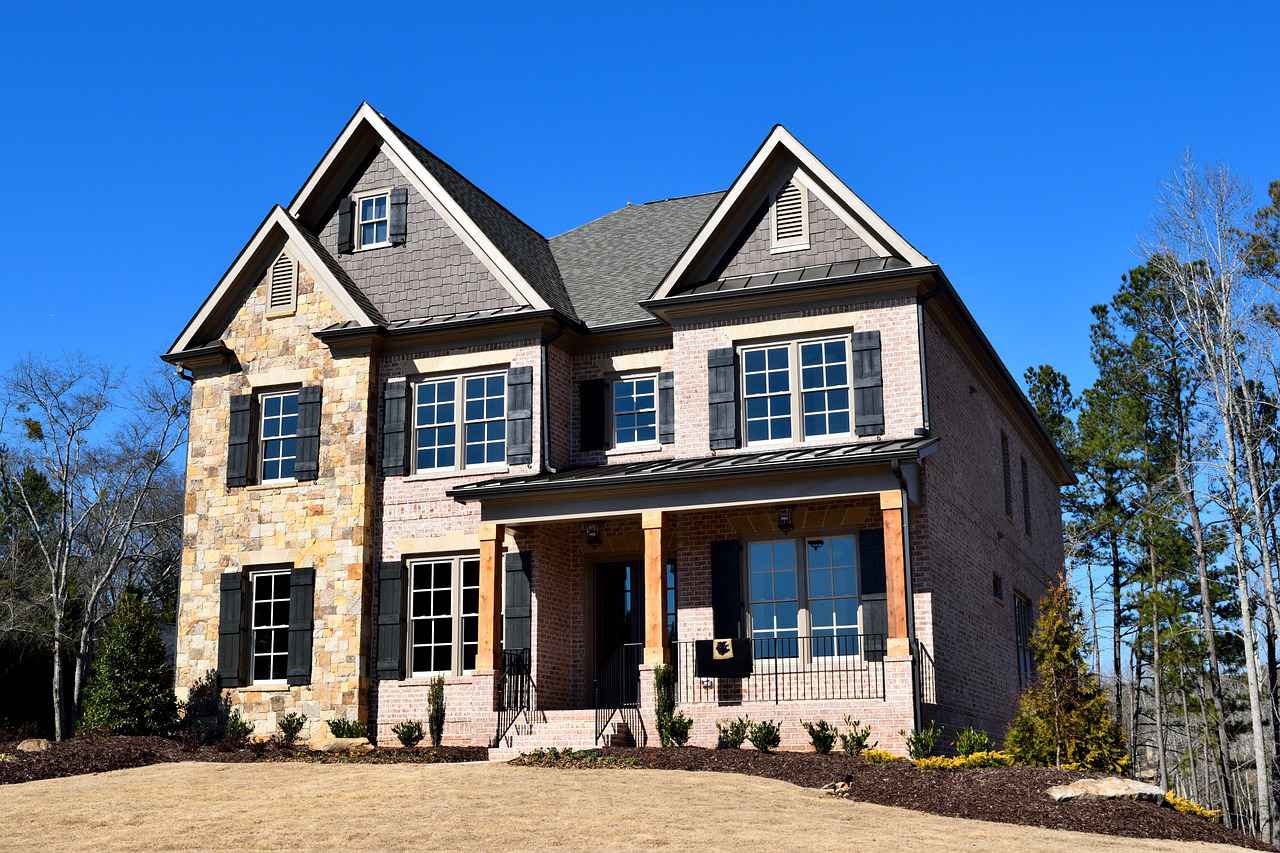When I considered upgrading to a larger, more expensive home during the early days of the pandemic, it seemed like a good idea given the soaring real estate values and the increased time we all spent at home. Despite the temptation, I’ve learned that such a home could seriously derail financial independence and lead to a lifetime of work just to cover exorbitant costs.
Take my experience in 2018, when I almost bought a home in one of San Francisco’s prime neighborhoods for $4.5 million. It was a dream house with ample space for my family and work-from-home needs, plus a ground-floor suite for visiting relatives. But the financial reality of owning such a house, including the hefty property tax and the opportunity cost of not investing the down payment, was staggering. Owning a $4.5 million home would have meant an annual outlay of over $285,000 when factoring in lost investment income.
Renting, on the other hand, seemed a more economically sensible option, given the lower costs and greater flexibility. After nearly buying that expensive house, I decided instead to downsize significantly, which aligned better with our financial goals, especially as I no longer needed to commute and we valued a simpler lifestyle over a prestigious address.
Years later, in the fourth quarter of 2023, my perspective and financial situation had evolved enough that I felt comfortable purchasing another expensive home, which we viewed as our “forever home.” The market conditions at the time and a significant increase in our net worth made this feasible without compromising our financial security.
The takeaway from my experiences is clear: buying a home that you can comfortably afford is crucial. Luxurious homes can lead to a golden cage of high costs and economic vulnerability, especially in volatile markets. Instead, achieving financial independence often means making tough choices about consumption and lifestyle, prioritizing long-term financial health over short-term satisfaction.








































